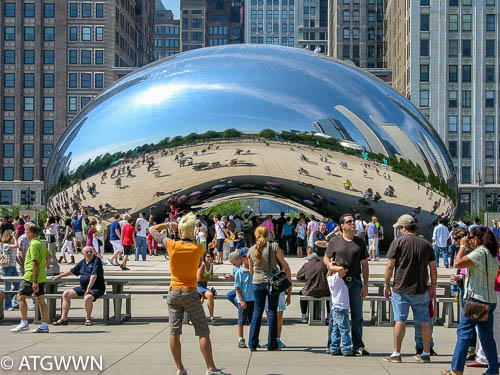 In Chicago’s Millennium Park there is a shiny, reflecting sphere officially titled Cloud Gate or more popularly known as “The Bean.” This round, bright, reflective sculpture attracts visitors to a selfie experience unlike anywhere else to be found.
In Chicago’s Millennium Park there is a shiny, reflecting sphere officially titled Cloud Gate or more popularly known as “The Bean.” This round, bright, reflective sculpture attracts visitors to a selfie experience unlike anywhere else to be found. 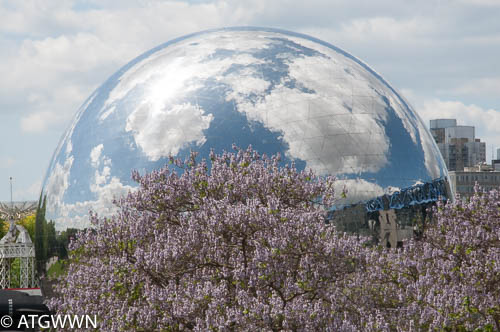 In Paris there is an equally bright, shiny, and round reflective sculpture in Parc de La Villette, at 118’ feet in diameter, it’s simply the largest gazing ball I have ever seen. This sculptural centerpiece is surrounded by trees and tucked inside is an IMAX theatre. But both of these are dwarfed in comparison to the Floralis Genérica, a stainless steel and aluminum flower in Plaza de las Naciones Unidas, Buenos Aires, Argentina.
In Paris there is an equally bright, shiny, and round reflective sculpture in Parc de La Villette, at 118’ feet in diameter, it’s simply the largest gazing ball I have ever seen. This sculptural centerpiece is surrounded by trees and tucked inside is an IMAX theatre. But both of these are dwarfed in comparison to the Floralis Genérica, a stainless steel and aluminum flower in Plaza de las Naciones Unidas, Buenos Aires, Argentina.
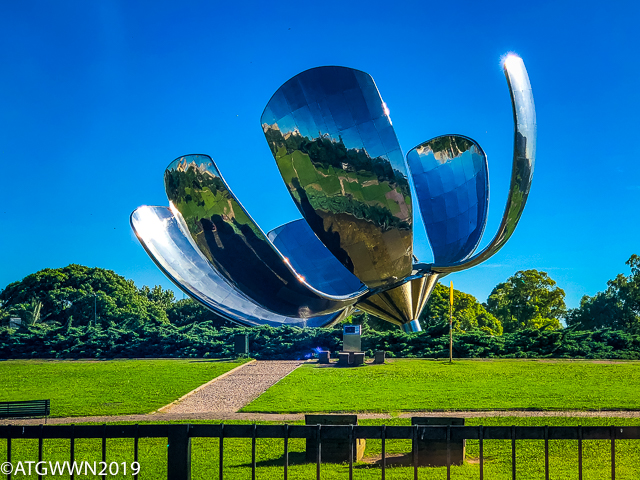 This bright and shiny bloom was designed and produced by 82-year-old Argentine architect – Eduardo Catalano, as a gift to the city of his birth. I have been privileged to see all three of these bright and shiny sculptures, and it should surprise no one that my favorite would be the Floralis Genérica. According to Eduardo Catalano, Floralis means “belonging to the flora and therefore the flowers,” and Genérica from the concept of “gender” and indicates that it represents all the flowers in the world.[1]
This bright and shiny bloom was designed and produced by 82-year-old Argentine architect – Eduardo Catalano, as a gift to the city of his birth. I have been privileged to see all three of these bright and shiny sculptures, and it should surprise no one that my favorite would be the Floralis Genérica. According to Eduardo Catalano, Floralis means “belonging to the flora and therefore the flowers,” and Genérica from the concept of “gender” and indicates that it represents all the flowers in the world.[1]
This inclusive description of the importance of a flower is totally lost in the utilitarian translation from Spanish to English where it becomes “Generic Flower.” This really makes it even worse as a generic product; be it soup, soap, or prescriptions generally infers it is less than.
This flower is more than remarkable. Catalano also said that the flower, “Is a synthesis of all the flowers and, at the same time, a hope reborn every day at opening.” Hope is essential for everyone, and this big, beautiful flower is there to bring attention to this very idea.
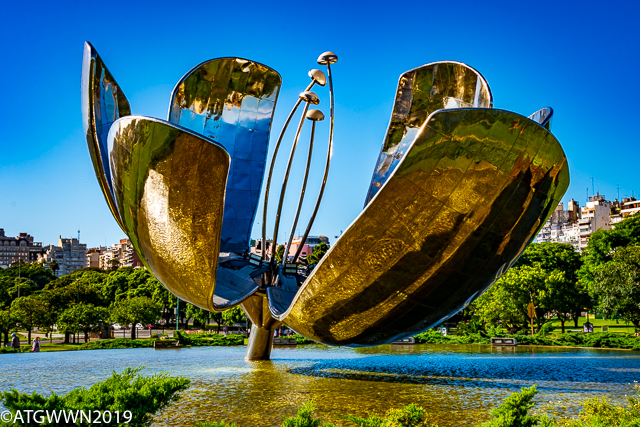 This sculpture, weighing 18 tons, spreading 40 meters (131’) in diameter, or nearly half the length of a US football field, is 20 meters (65’) high when the petals are closed. The simple form of a six-petal flower with four pistols is incredibly complex in production.
This sculpture, weighing 18 tons, spreading 40 meters (131’) in diameter, or nearly half the length of a US football field, is 20 meters (65’) high when the petals are closed. The simple form of a six-petal flower with four pistols is incredibly complex in production. 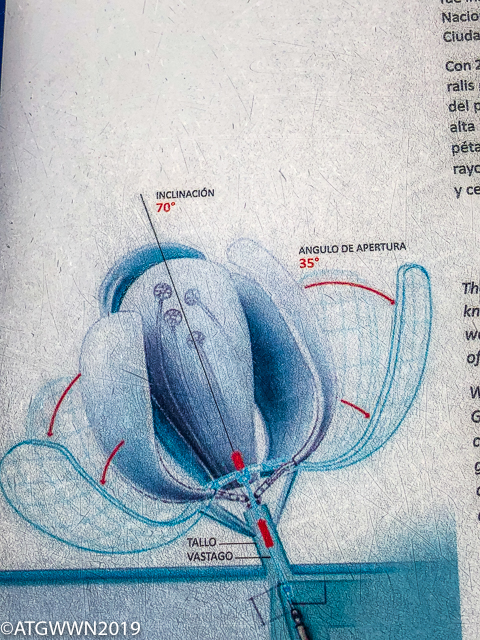 Opening and closing at sunrise and sunset, this massive stainless steel and aluminum structure is powered by an electrical hydraulic system. (In case of high winds, the petals are closed.) At night, the closed sculpture is lit from the inside, silhouetting the shape of the petals in the night sky.
Opening and closing at sunrise and sunset, this massive stainless steel and aluminum structure is powered by an electrical hydraulic system. (In case of high winds, the petals are closed.) At night, the closed sculpture is lit from the inside, silhouetting the shape of the petals in the night sky.
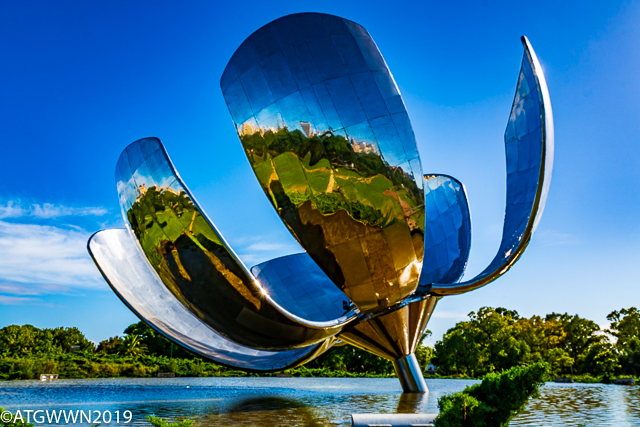 Cleverly protected by a reflecting pool, preventing it from being climbed on or tagged, its reflection is enhanced by the changing sky and the green of the surrounding park. I first saw the flower from the street, where the tour bus paused for everyone to grab a quick photo before driving on to more “must-see” venues like shopping and eating. Needless to say, I was not satisfied with that experience. The first thing the next morning we went with our private tour guide, Elisabet, to see the Floralis Generica, up close and from all angles. On our last night in Buenos Aires, we went back once again to see it lit with deep pink light.
Cleverly protected by a reflecting pool, preventing it from being climbed on or tagged, its reflection is enhanced by the changing sky and the green of the surrounding park. I first saw the flower from the street, where the tour bus paused for everyone to grab a quick photo before driving on to more “must-see” venues like shopping and eating. Needless to say, I was not satisfied with that experience. The first thing the next morning we went with our private tour guide, Elisabet, to see the Floralis Generica, up close and from all angles. On our last night in Buenos Aires, we went back once again to see it lit with deep pink light.
It is dazzling, it is enormous, and it remains my favorite memory from six days in Buenos Aires. We were able to sit and look at it, look in it, and look into the reflections of its petals. We were able to walk all around its 131’ diameter. Eduardo Catalano is a remarkable and highly successful architect. He designed many significant buildings, including the Juilliard School of Music in NYC and yet his final project was a flower. Perhaps he realizes that without flowers we will all lose…and not just lose hope.
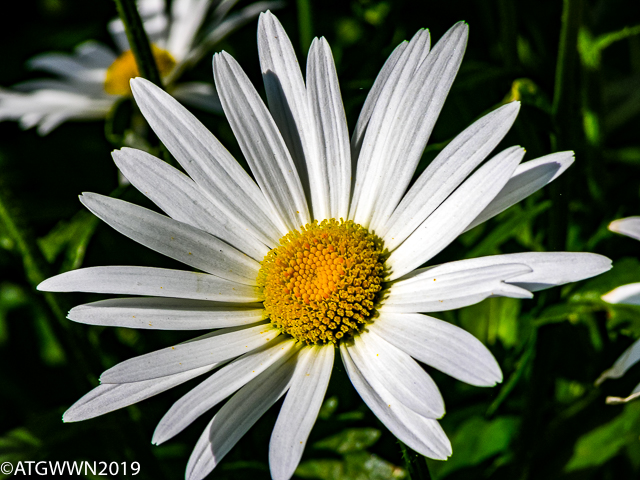 “Francis Thompson, the English poet, once wrote that one could not pluck a flower without troubling a star.”[2] Our very existence is interdependent on flowers for life. Flowers grow into our food; from the nectar and pollen they produce to attract the pollinators making it possible for seeds and fruit to feed us. We turn to flowers for our celebrations, for symbols of remembrance and honor.
“Francis Thompson, the English poet, once wrote that one could not pluck a flower without troubling a star.”[2] Our very existence is interdependent on flowers for life. Flowers grow into our food; from the nectar and pollen they produce to attract the pollinators making it possible for seeds and fruit to feed us. We turn to flowers for our celebrations, for symbols of remembrance and honor. 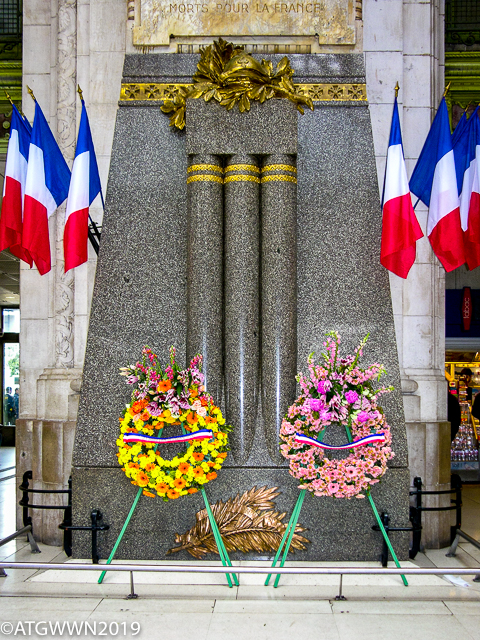 Flowers are given to signify love and joy.
Flowers are given to signify love and joy. 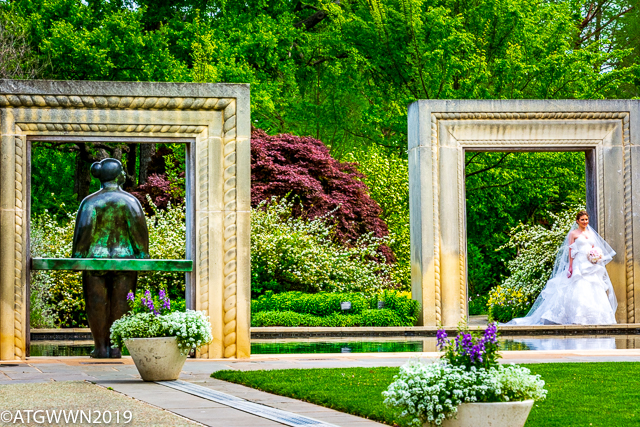 In spring we see flowers symbolizing the return of life and renewal.
In spring we see flowers symbolizing the return of life and renewal. 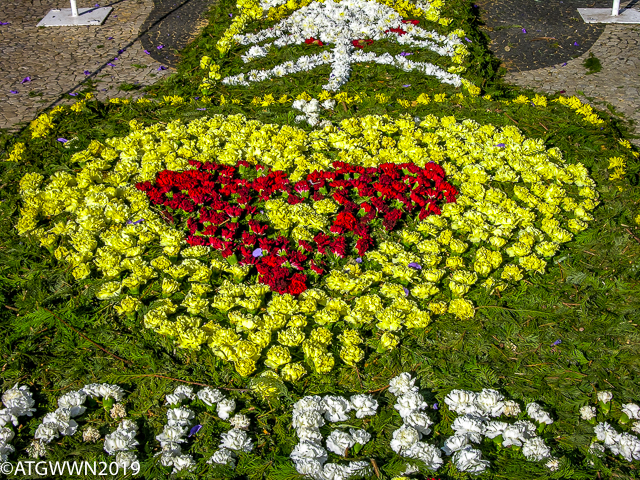 A flower is the hope we hold onto for our future.
A flower is the hope we hold onto for our future.
He made it bright and shiny to attract our attention. Will we slow down enough to notice?
 The Details: Created in 2002 by Eduardo Catalano, (Dec. 19, 1917 – Jan. 28, 2010) Floralis Genérica is located in Plaza de las Naciones Unidas (Av. Figueroa Alcorta 2263, Recoleta)
The Details: Created in 2002 by Eduardo Catalano, (Dec. 19, 1917 – Jan. 28, 2010) Floralis Genérica is located in Plaza de las Naciones Unidas (Av. Figueroa Alcorta 2263, Recoleta)
Constructed by Lockheed Martin Aircraft Argentina
Unrecognized by many in the USA, Eduardo Catalano is a Harvard trained architect and a contemporary of Buckminster Fuller as they were faculty colleagues at the University of North Carolina. Catalano continued his teaching career at MIT. Catalano designed many buildings in the US including with Pietro Belluschi, the Juilliard School of Music and Alice Tully Hall in NYC.
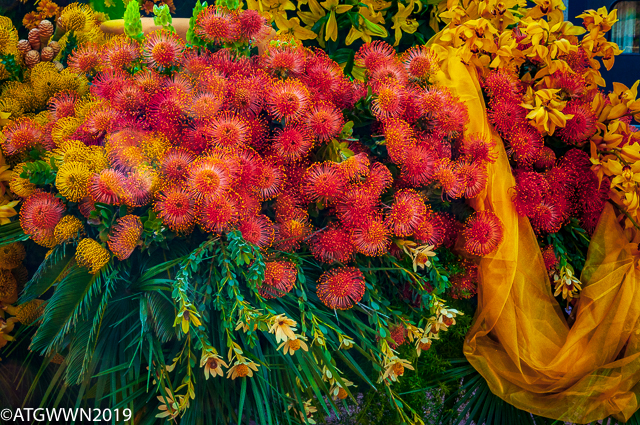 Great tour w/ Elisabet of Iconic Buenos Aires-Private Tour Guides
Great tour w/ Elisabet of Iconic Buenos Aires-Private Tour Guides
Sources:
1. ”Conozca Buenos Aires: Floraris Genérica.” Susana Espósito. 2010-10-29
2. How Flowers Changed the World, Loren Eiseley, Sierra Club Books 1996

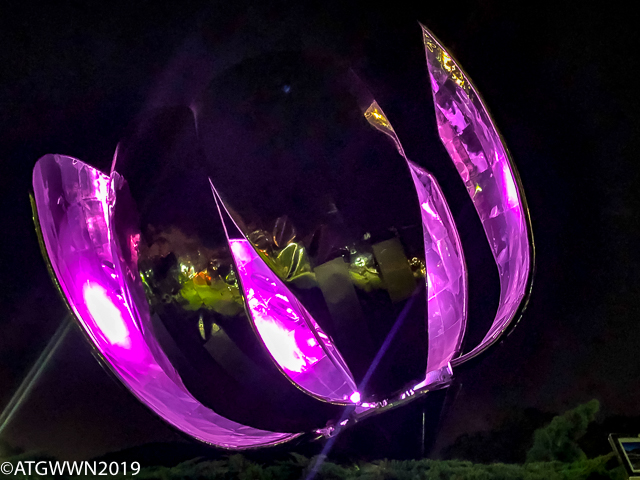
Thank you, Linda! This was beautiful!
Thank you again for a most enlightening and beautiful introduction to another “flower” albeit a mechanical one in Buenos Aires. Safe journeys everywhere you go.!!
We were in Buenos Aires in February and saw this magnificent flower. It was a wonderful surprise as we also saw it from a tour bus. Thank you for sharing your in-depth look at this marvel and the many gardens you visit. You bring joy!
Hi Linda, the pictures were awesome, thanks for sharing!
Hi Linda, great pictures, thanks!
Love the garden art, especially how it enhances nature.